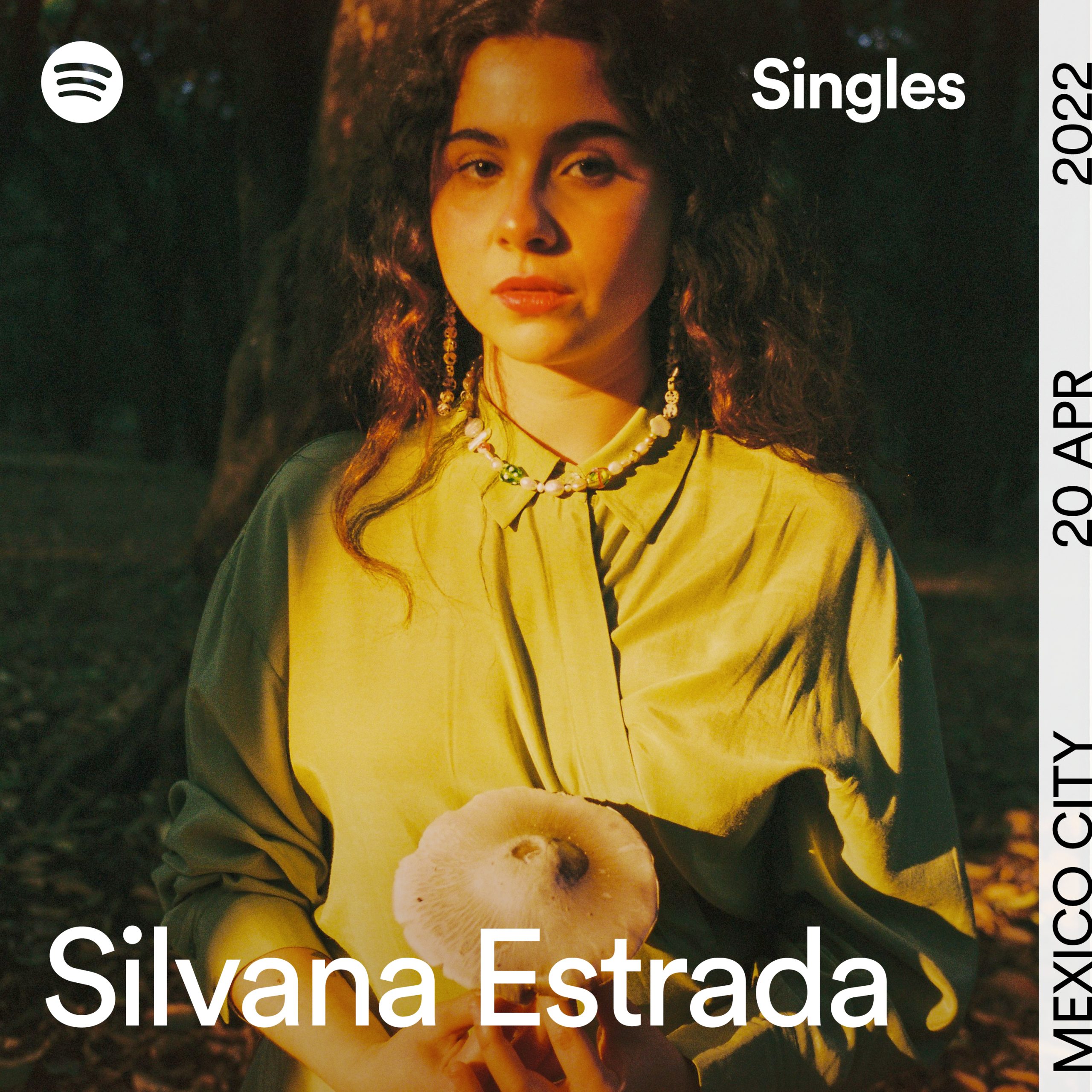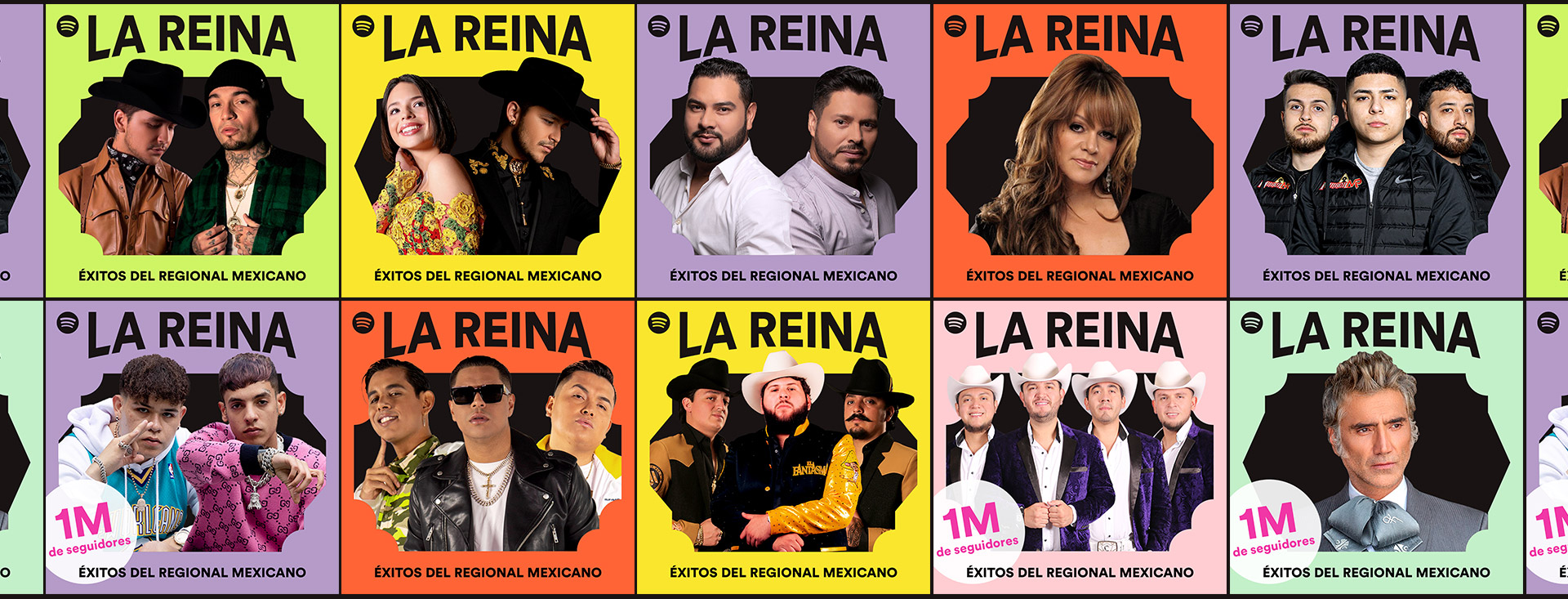
The latest Spotify Single from Latin America is a totally women-powered anthem. At every turn—from songwriting to composition, production, mixing, engineering, and even promotional content—“Mucho Peor – Spotify Singles” is a testament to the creativity and skills of the many women behind it. It’s taken its rightful place on the Created by Women Spotify playlist, which incorporates music created 100% by women from all over the world.
“’Mucho Peor’ represents the extraordinary teamwork of talented women who want their music to reach more and more listeners globally,” said Moni Saldaña, Artist and Label Partnerships Manager at Spotify Mexico. “It is with great pride that we present the first Latin American Spotify Single created 100% by women.”
“Mucho Peor – Spotify Singles” emerged from the sounds of four queer Mexican women artists: Kirnbauer, a producer and singer-songwriter who represents the new wave of pop; Noa Sainz, an R&B singer who’s been big on the festival circuit; María Centeno of folk-Latin group La Isla Centeno; and R&B-Afrobeat-pop-infusing Joaquina Mertz.
“I really wanted to make sure it was all women involved,” said Moni. “I also wanted to make sure we had diversity within the representation, in terms of interests, with each artist coming from a different city in Mexico. And then when I realized they were all part of the LGBTQIA+ community, it added a whole separate, beautiful layer to this narrative.”
The song can be found on Spotify’s EQUAL hub, and all four artists are part of the global program, which reaffirms Spotify’s commitment to seeking equity in the audio industry. Additionally, all four artists are August ambassadors for GLOW, our global initiative highlighting the voices of LGBTQIA+ artists to achieve equity in the audio industry all year-round.
For the Record brought the quartet (and now friends) back together for a discussion about their new single and their role as queer women in music.
Tell us how you came together to create “Mucho Peor.”
María: Joaquina and I have become really good friends for a while; we’re both queer, we both make music, and we’ve written songs together before. One day our friend Kirnbauer came to us and told us there was an opportunity to create a Spotify Single, and she thought it would be fun to work on it together. We invited Noa Sainz to join us. She’s insanely talented. And now we all hang out; we talk about this; we have dinner once a week. It’s so refreshing to have friends who can relate to you in so many ways. It was so nice to work together on a specific project knowing it was going somewhere before we even started writing.
Joaquina: We were hanging out at Kirnbauer’s house and I already had a producer in mind, Maria Vertiz, because I’ve known her since we were very young. She studied classical music, then went to Berklee College of Music and worked with James Newton Howard. I insisted we work with her. Her style is so unique. She always finds a way to introduce different genres into what you’re making. So, we were thinking about an R&B song, and then we told her what we liked in the Natalia Lacunza song that she had produced, and she was like, “Okay friends, what if we put, like, drum and bass in this?” And it just worked perfectly.
Kirnbauer: It’s so easy to work with the same old people you’ve been working with—with male established members of the music industry. But it was very important for us to create this all-women team. It feels more empowering. After a six-hour studio session, I’m usually so tired and drained. But after this one, we had so much energy because of the vibe, and we’re a team of all women. It was so different from what I’m used to. We were having drinks and celebrating, but we still had this rush. It was because we worked with a team that we trust.
Noa: We followed our instincts. We trusted and enjoyed the process. It’s more about the process and the journey than the final product itself. This was an experience of showing that we’re women, we’re enough. We’re talented enough, and we don’t have to prove anything to anyone in this industry. We have this constant pressure to show what we can do, and it takes you away from enjoying the art and trusting yourself. We didn’t feel the pressure to prove anything; there was openness and space for all of us.
What do you hope listeners take away from the song?
María: I hope they feel energy. That’s what we felt when we wrote it and we recorded it. We felt energized, so happy to be there, to be with our friends. Mucho peor means “way worse.” You know how sometimes people tell you that you’re a little too much? The lyrics are basically saying, “I could be even more of this.” It’s telling you to accept what you deserve, own it, and take nothing less. I hope people feel the power in it and feel good about themselves.
Kirnbauer: I think the song is very empowering. It was also interesting because we had all recently gone through breakups, and the song gives a sense of storytelling around “I deserve to be in a better place.” We wrote our own parts. It’s very personal, from our own experience, and in the end, it’s an empowering, fun, upbeat song that says, “You haven’t seen anything yet.”
Joaquina: The song is for women and queer people to feel cocky. There are a lot of songs for men who feel cocky in their love or sex lives. But I want to feel extravagant and not feel ashamed of it. We’ve been taught so much shame in being queer and being a woman. I think it’s time to let that go. So this song is about leaving behind this idea of being fragile because you’re a woman, and acknowledging you can be super cocky because you deserve to feel like this.
How does music empower marginalized communities?
Joaquina: Music has always been a safe space for queerness. I think a lot of people who are in the music business get a sense of what is trendy from queer spaces and sounds. To have queer women and to have queerness in music is so important because it gives a completely different voice to music. I think it’s a lot more magical. It comes from somewhere else. We need those types of spaces because they tell stories that matter. And they’ve always been present; they just need a little more of the limelight.
María: It’s about storytelling. When queer people write songs, you are writing from a different point of view. The stories that you tell are different, maybe, from the stories you grow up hearing about—with girls and boys and this binary thing where there isn’t a lot of color. I think it’s important to write songs from the queer community’s experience, from our own experiences as queer women in Mexico. Our storytelling is different because the types of love stories we have are different. The way we relate to other people is different. Even the way we relate to our queer friends is different, and so the way we create art together comes out differently.
Kirnbauer: It’s all about representation. I admire and listen to other artists who inspire me. We can allow ourselves to be that for other generations. Every story is very unique. We’re four Mexican queer girls making art, making these songs specifically. Each one of us has a very different story and way of telling it. Everything is about telling our stories and allowing the people out there, the younger generations, to find inspiration. It’s a privileged position to be in, and I’m very honored to be able to share with people and connect with them.
Noa Sainz: Music tells our stories. It gives us a voice. It gives people a voice they don’t always have. Music is the best company for everyone, whether you’re alone and on your own or surrounded by supportive people.
Stream “Mucho Peor” now, only on Spotify.









Recent Comments